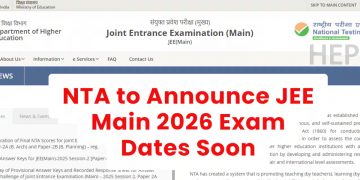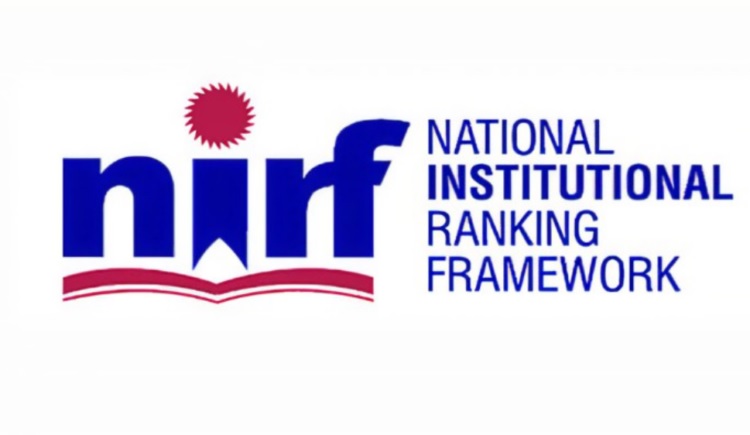The National Institutional Ranking Framework (NIRF) 2025 rankings are expected to be released in the first week of August. According to sources from the National Board of Accreditation (NBA), the final announcement will be made once the Ministry of Education finalises the date.
NIRF, launched by the Ministry of Education, is a nationwide ranking system that evaluates higher education institutions across various disciplines and categories. It is released annually and plays a key role in helping students, educators, and policymakers assess institutional performance on a structured set of parameters.
What’s New In NIRF 2025?
The 2025 edition of the NIRF rankings will see some major updates, including the addition of a new evaluation category focused on Sustainable Development Goals (SDGs). This new metric is expected to assess how institutions contribute towards sustainability, environmental responsibility, and social development, aligning with global higher education benchmarks.
Another significant update is the introduction of negative scoring for retracted research papers, a first in NIRF history. Under this new mechanism, institutions will be penalised for retracted or withdrawn research publications. Anil Sahasrabudhe, Chairperson of the NBA, confirmed that a specific formula has been developed to assign negative weightage, either based on the number or the percentage of retractions.
While this year’s penalty will be minor, Sahasrabudhe clarified that the severity of the scoring will gradually increase in future editions if the issue of retracted publications is not addressed.
This change will specifically impact the “Research and Professional Practices” parameter, which measures the volume and quality of institutional research through indicators such as the number of publications, citation impact, and peer-reviewed journal output.
How NIRF Rankings Are Prepared?
The NIRF rankings are prepared using a transparent and structured methodology developed by the Ministry of Education and executed by the National Board of Accreditation. Institutions are assessed under several broad parameters, including:
-
Teaching, Learning and Resources (TLR) – faculty-student ratio, faculty qualifications, and financial resources.
-
Research and Professional Practices (RP) – research output, publications, patents, and professional activities.
-
Graduation Outcomes (GO) – placement performance, higher studies, and entrepreneurship.
-
Outreach and Inclusivity (OI) – regional diversity, gender representation, and outreach programs.
-
Perception (PR) – employer and academic peer perception.
From 2025, the new SDG category and the negative marking for retracted research papers will be integrated into this framework, further strengthening the integrity and global relevance of the rankings.
The NIRF rankings continue to serve as a key reference for students and institutions alike, offering a data-driven insight into the strengths and areas of improvement across India’s higher education ecosystem.


























































